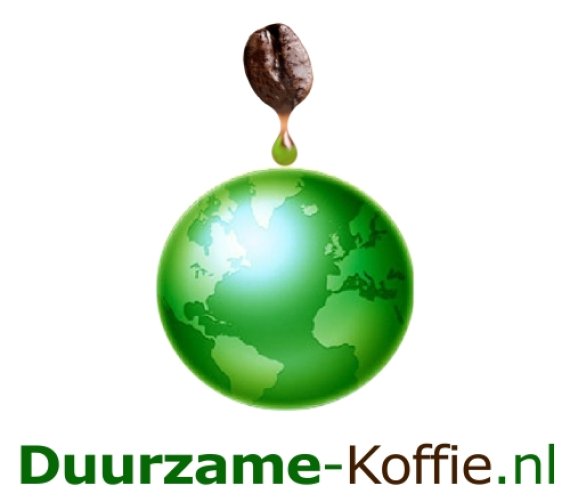For many years, Max Havelaar was the trendsetter in the world of coffee. When its coffee was introduced in 1989, market researchers predicted a 15 percent market segment for this sustainably produced coffee. ‘Max Havelaar certainly played a role in bringing awareness to the consumer,’ says Wageningen market expert Paul Ingenbleek. ‘It was the first fair trade product from the world shop to find its way into the supermarket.’ But the Max Havelaar/Fair Trade share did not exceed three percent. From 1997 onwards, however, the market share of sustainable coffee – beans with a certificate of sustainability – grows rapidly to reach 45 percent this year. But the consumer was not the driving force of this growth, say Ingenbleek and Reinders in this month’s Journal of Business Ethics. The coffee roasteries and supermarkets were behind it. ‘They started to offer their products. First of all, Perla coffee, the house brand of Albert Heijn and C1000, switched to sustainable coffee; Super de Boer followed suit. The coffee roasteries announced on their websites: not only do we roast normal coffee, we also roast Fair Trade and Rain Forest Alliance coffee. At first, Douwe Egberts put up strong resistance against Fair Trade, seeing it as a threat to its own brand. Eventually, DE also switched over because sustainable coffee became a mainstream product and a top brand has to take a stance.’ The creative strength of coffee roasteries and supermarket purchasers, which Max Havelaar used as a yardstick, has led to roaring sales of sustainable coffee in the Netherlands, submits Ingenbleek. ‘They created a demand.’ The big group of consumers in the middle had a vague hunch that sustainable was OK and went along with the choice of the companies, rewarding them by remaining faithful to their brand. The driving forces behind sustainable coffee did not lie with the consumer but the market, says the market expert. ‘The power of the top product brands subsided in the nineties when people turned to buying more house labels. In addition, the coffee crisis caused the supply of good coffee beans to fall. As such, purchasers started to make one-to-one deals with suppliers about quality and price and sought the help of certifiers. Furthermore, choice was available: more certifiers came along with their own certified brand. In addition, more company managers got acquainted with socially responsible entrepreneurship, Ingenbleek says. In the meantime, the market share continues to grow in the direction of ‘sustainable’. In 2015, three quarters of the coffee in the Netherlands will be sustainable, an agreement reached by coffee roasting companies and supermarkets with community organizations.
Coffee roasteries boost demand for sustainable coffee
Almost half of the coffee consumed in the Netherlands is being produced in a sustainable way. The driving forces behind the growth of this market segment are not consumers, but coffee roasteries and supermarkets, as shown by the research of Paul Ingenbleek and Machiel Reinders.

